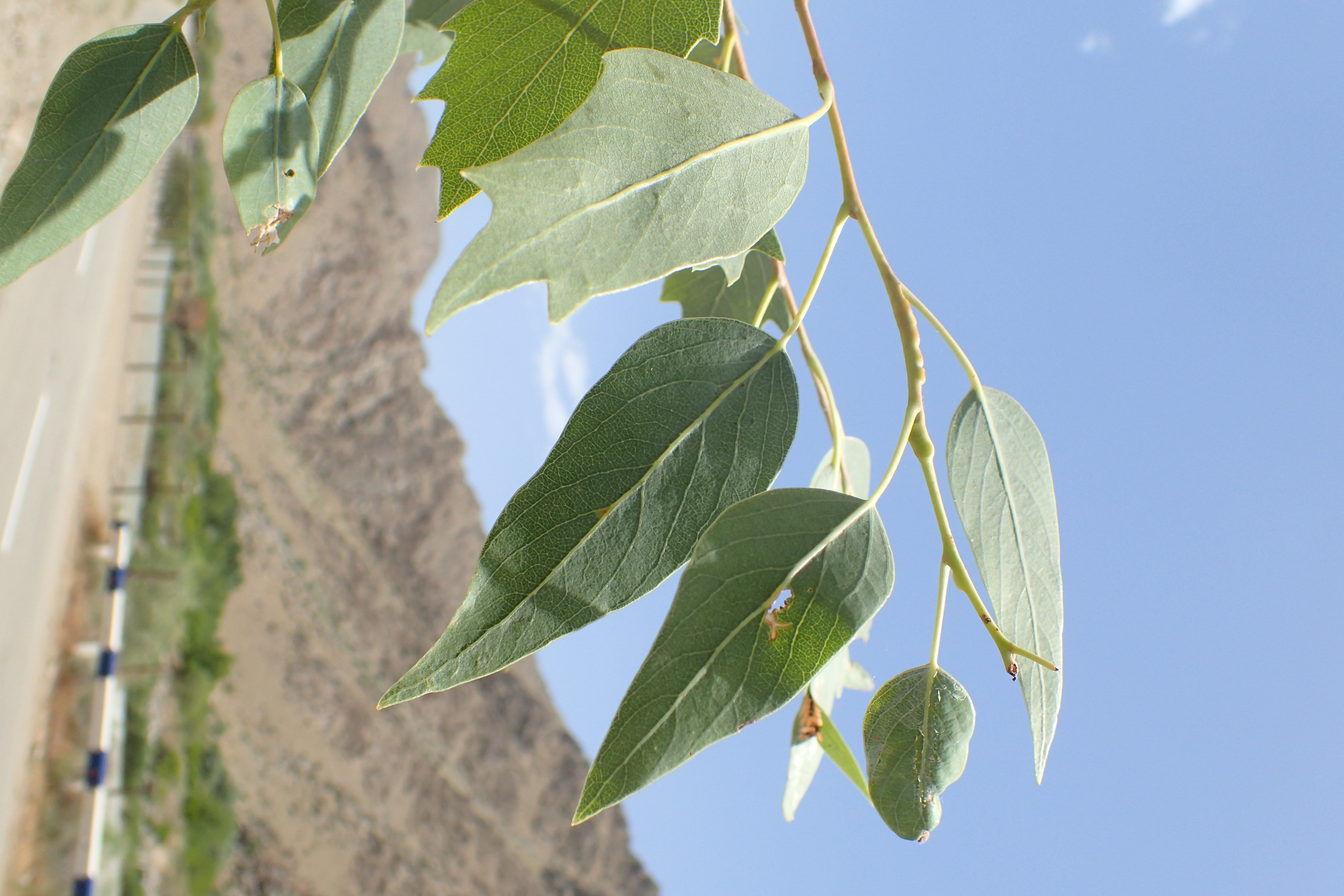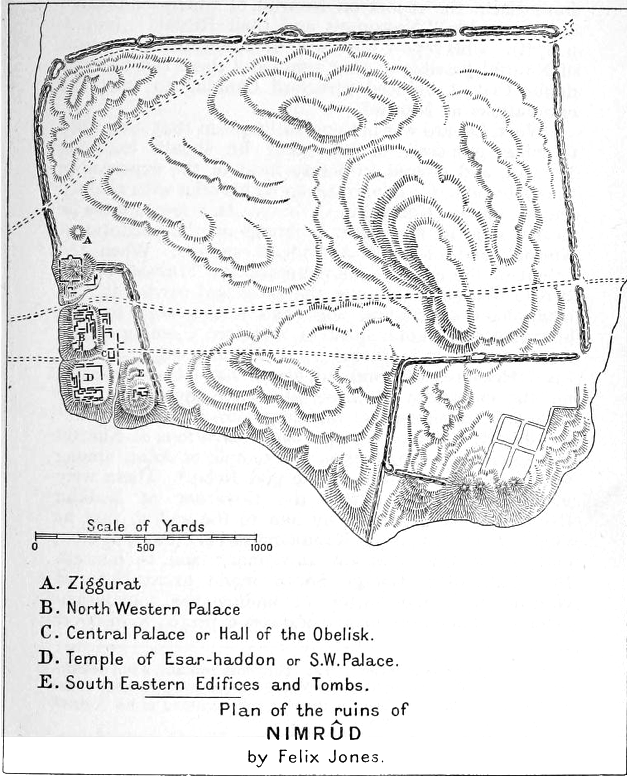|
Bēl-ṣarbi
Bel-ṣarbi or Šar-ṣarbati (Akkadian: "lord of the poplar") was a Mesopotamian god associated with poplars. He was also known under the Sumerian name Lugal-asal. He frequently appears in enumerations of deities associated with the underworld who formed the entourage of Nergal, and in some cases could be equated with him. A possible feminine counterpart, NIN-''ṣar''-BE, is known from neo-Assyrian sources, and is sometimes identified with earlier Ištar-ṣarbatum from Ebla in modern scholarship. Character The name Bēl-ṣarbi means "lord of the poplar" (the tree meant is assumed to be '' Populus euphratica'') in Akkadian. In Sumerian it was rendered as Lugal-asal. The names are used interchangeably in scholarship. The second element can be interpreted as a nisba, since it can be written with the determinative of a place name (''ṣar-biki''). Possibly a name of an area associated with the god, perhaps a grove, was derived from the trees. It is assumed two separate plac ... [...More Info...] [...Related Items...] OR: [Wikipedia] [Google] [Baidu] |
Mesopotamian God
Deities in ancient Mesopotamia were almost exclusively anthropomorphic. They were thought to possess extraordinary powers and were often envisioned as being of tremendous physical size. The deities typically wore ''melam'', an ambiguous substance which "covered them in terrifying splendor" and which could also be worn by heroes, kings, giants, and even demons. The effect that seeing a deity's ''melam'' has on a human is described as ''ni'', a word for the " physical creeping of the flesh". Both the Sumerian and Akkadian languages contain many words to express the sensation of ''ni'', including the word ''puluhtu'', meaning "fear". Deities were almost always depicted wearing horned caps, consisting of up to seven superimposed pairs of ox-horns. They were also sometimes depicted wearing clothes with elaborate decorative gold and silver ornaments sewn into them. The ancient Mesopotamians believed that their deities lived in Heaven, but that a god's statue was a physical embodiment ... [...More Info...] [...Related Items...] OR: [Wikipedia] [Google] [Baidu] |
Populus Euphratica
''Populus euphratica'', commonly known as the Euphrates poplar, desert poplar, diversiform-leaved poplar, or poplar diversifolia, is a species of poplar tree in the willow family. Description The Euphrates poplar is a medium-sized deciduous tree that may grow to a height of about and a girth of where conditions are favorable. The stem is typically bent and forked; old stems have thick, rough, olive-green bark. While the sapwood is white, the heartwood is red, darkening to almost black at the center. The roots spread widely but not deeply. The leaves are highly variable in shape. The flowers are borne as catkins; those of the male are long, and those of the female . The fruits are ovoid-lanceolate capsules, long, containing tiny seeds enveloped in silky hairs. Distribution and habitat The species has a very wide range, occurring naturally from North Africa, across the Middle East and Central Asia to western China. It may be found in dry temperate broadleaf and mixed ... [...More Info...] [...Related Items...] OR: [Wikipedia] [Google] [Baidu] |
Saggar (god)
Saggar (also Šaggar, Sanugaru, Šanugaru) was a god worshiped in ancient Syria, especially in the proximity of Ebla and Emar, later incorporated into the Hurrian and Hittite pantheons. His name was also the ancient name of the Sinjar Mountains. It is assumed that he was at least in part a lunar deity. Character Information about the character and development of Saggar is incomplete and difficult to interpret. The name itself is not spelled consistently, especially in sources from the second millennium BCE, and in particular the first consonant often varies between ''s'' and ''š''. The meaning of the name is unknown, and it has been proposed that it comes from a linguistic substrate unrelated to other languages of the Ancient Near East. Two primary aspects of Saggar seemed to be those of a deified mountain range and of a lunar god. Deified mountain range The name Saggar was applied to a mountain range presumably associated with the god, located in the north of modern Iraq, ... [...More Info...] [...Related Items...] OR: [Wikipedia] [Google] [Baidu] |
Ashurbanipal
Ashurbanipal (Neo-Assyrian language, Neo-Assyrian cuneiform: , meaning "Ashur (god), Ashur is the creator of the heir") was the king of the Neo-Assyrian Empire from 669 BCE to his death in 631. He is generally remembered as the last great king of Assyria. Inheriting the throne as the favored heir of his father Esarhaddon, Ashurbanipal's 38-year reign was among the longest of any List of Assyrian kings, Assyrian king. Though sometimes regarded as the apogee of ancient Assyria, his reign also marked the last time Assyrian armies waged war throughout the ancient Near East and the beginning of the end of Assyrian dominion over the region. Esarhaddon selected Ashurbanipal as heir 673. The selection of Ashurbanipal bypassed the elder son Shamash-shum-ukin. Perhaps in order to avoid future rivalry, Esarhaddon designated Shamash-shum-ukin as the heir to Babylonia. The two brothers jointly acceded to their respective thrones after Esarhaddon's death in 669, though Shamash-shum-ukin was r ... [...More Info...] [...Related Items...] OR: [Wikipedia] [Google] [Baidu] |
Kalhu
Nimrud (; syr, ܢܢܡܪܕ ar, النمرود) is an ancient Assyrian city located in Iraq, south of the city of Mosul, and south of the village of Selamiyah ( ar, السلامية), in the Nineveh Plains in Upper Mesopotamia. It was a major Assyrian city between approximately 1350 BC and 610 BC. The city is located in a strategic position north of the point that the river Tigris meets its tributary the Great Zab.Brill's Encyclopedia of Islam 1913-36 p.923 The city covered an area of . The ruins of the city were found within of the modern-day village of |
Tiglath-Pileser III
Tiglath-Pileser III (Neo-Assyrian cuneiform: , meaning "my trust belongs to the son of Ešarra"), was the king of the Neo-Assyrian Empire from 745 BC to his death in 727. One of the most prominent and historically significant Assyrian kings, Tiglath-Pileser ended a period of Assyrian stagnation, introduced numerous political and military reforms and more than doubled the lands under Assyrian control. Because of the massive expansion and centralization of Assyrian territory and establishment of a standing army, some researchers consider Tiglath-Pileser's reign to mark the true transition of Assyria into an empire. The reforms and methods of control introduced under Tiglath-Pileser laid the groundwork for policies enacted not only by later Assyrian kings but also by later empires for millennia after his death. The circumstances of Tiglath-Pileser's rise to the throne are not clear. Because ancient Assyrian sources give conflicting accounts concerning Tiglath-Pileser's lineage and t ... [...More Info...] [...Related Items...] OR: [Wikipedia] [Google] [Baidu] |
Assyria
Assyria (Neo-Assyrian cuneiform: , romanized: ''māt Aššur''; syc, ܐܬܘܪ, ʾāthor) was a major ancient Mesopotamian civilization which existed as a city-state at times controlling regional territories in the indigenous lands of the Assyrians from the 21st century BC to the 14th century BC, then to a territorial state, and eventually an empire from the 14th century BC to the 7th century BC. Spanning from the early Bronze Age to the late Iron Age, modern historians typically divide ancient Assyrian history into the Early Assyrian ( 2600–2025 BC), Old Assyrian ( 2025–1364 BC), Middle Assyrian ( 1363–912 BC), Neo-Assyrian (911–609 BC) and post-imperial (609 BC– AD 630) periods, based on political events and gradual changes in language. Assur, the first Assyrian capital, was founded 2600 BC but there is no evidence yet discovered that the city was independent until the collapse of the Third Dynasty of Ur in the 21st century BC, when a line of independent kin ... [...More Info...] [...Related Items...] OR: [Wikipedia] [Google] [Baidu] |
Kassites
The Kassites () were people of the ancient Near East, who controlled Babylonia after the fall of the Old Babylonian Empire c. 1531 BC and until c. 1155 BC (short chronology). They gained control of Babylonia after the Hittite sack of Babylon in 1531 BC, and established a dynasty generally assumed to have been based first in that city, after a hiatus. Later rule shifted to the new city of Dur-Kurigalzu. By the time of Babylon's fall, the Kassites had already been part of the region for a century and a half, acting sometimes with the Babylon's interests and sometimes against. There are records of Kassite and Babylonian interactions, in the context of military employment, during the reigns of Babylonian kings Samsu-iluna (1686 to 1648 BC), Abī-ešuh, and Ammī-ditāna. The origin and classification of the Kassite language, like the Sumerian language and Hurrian language, is uncertain, and, also like the two latter languages, has generated a wide array of speculation over the ... [...More Info...] [...Related Items...] OR: [Wikipedia] [Google] [Baidu] |
Tigris
The Tigris () is the easternmost of the two great rivers that define Mesopotamia, the other being the Euphrates. The river flows south from the mountains of the Armenian Highlands through the Syrian and Arabian Deserts, and empties into the Persian Gulf. Geography The Tigris is 1,750 km (1,090 mi) long, rising in the Taurus Mountains of eastern Turkey about 25 km (16 mi) southeast of the city of Elazığ and about 30 km (20 mi) from the headwaters of the Euphrates. The river then flows for 400 km (250 mi) through Southeastern Turkey before becoming part of the Syria-Turkey border. This stretch of 44 km (27 mi) is the only part of the river that is located in Syria. Some of its affluences are Garzan, Anbarçayi, Batman, and the Great and the Little Zab. Close to its confluence with the Euphrates, the Tigris splits into several channels. First, the artificial Shatt al-Hayy branches off, to join the Euphrates near Nasiriyah. ... [...More Info...] [...Related Items...] OR: [Wikipedia] [Google] [Baidu] |
Diyala River
The Diyala River (Arabic: ; ku, Sîrwan; Farsi: , ) is a river and tributary of the Tigris. It is formed by the confluence of Sirwan river and Tanjaro river in Darbandikhan Dam in the Sulaymaniyah Governorate of Northern Iraq. It covers a total distance of . Course It rises near Hamadan, in the Zagros Mountains of Iran. It then descends through the mountains, where for some 32 km it forms the border between the two countries. It finally feeds into the Tigris below Baghdad. Navigation of the upper reaches of the Diyala is not possible because of its narrow defiles, but the river's valley provides an important trade route between Iran and Iraq. The river flows southwest of the Hamrin Mountains. Name Its Aramaic origin is "Diyalas" and in Kurdish it is called "Sirwan", meaning 'roaring sea' or 'shouting river'. In early Islamic period, the lower course of the river formed part of the Nahrawan Canal. The Diyala Governorate in Iraq is named after the river. History The river ... [...More Info...] [...Related Items...] OR: [Wikipedia] [Google] [Baidu] |
Bazi Dynasty
The king of Babylon (Akkadian: ''šakkanakki Bābili'', later also ''šar Bābili'') was the ruler of the ancient Mesopotamian city of Babylon and its kingdom, Babylonia, which existed as an independent realm from the 19th century BC to its fall in the 6th century BC. For the majority of its existence as an independent kingdom, Babylon ruled most of southern Mesopotamia, composed of the ancient regions of Sumer and Akkad. The city experienced two major periods of ascendancy, when Babylonian kings rose to dominate large parts of the Ancient Near East: the First Babylonian Empire (or Old Babylonian Empire, 1894/1880–1595 BC) and the Second Babylonian Empire (or Neo-Babylonian Empire, 626–539 BC). Many of Babylon's kings were of foreign origin. Throughout the city's nearly two-thousand year history, it was ruled by kings of native Babylonian (Akkadian), Amorite, Kassite, Elamite, Aramean, Assyrian, Chaldean, Persian, Greek and Parthian origin. A king's cultural and ethnic ... [...More Info...] [...Related Items...] OR: [Wikipedia] [Google] [Baidu] |
_-_EnKi_(Sumerian).jpg)





_in_Akkadian.png)